Gurlitt’s heavy legacy goes to Swiss museum
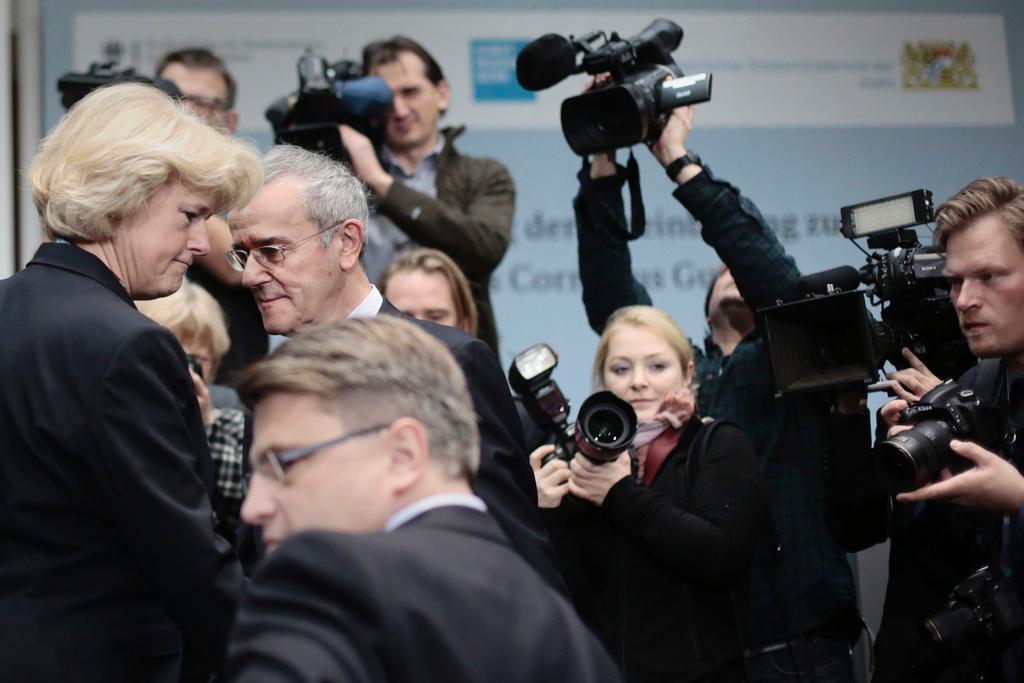
Bern’s Fine Arts Museum (Kunstmuseum Bern) has agreed to accept the inheritance of Cornelius Gurlitt’s controversial art collection, seized by German authorities in 2012. At least some of it was looted by the Nazis from Jewish collectors who either emigrated or were killed in the Holocaust.
This was no easy decision, according to Christoph Schäublin, the president of the board of foundations that runs the Museum of Fine Arts. Gurlitt’s bequest “did not engender a sense of triumph.” The museum nearly rejected the tainted hoard, he said.
But talks with the German government and the state of Bavaria in June led to an agreement that shares responsibility and allows the heirs of those robbed by the Nazis to recover their lost art – 70 years after it was plundered.
Germany has agreed to shoulder much of the burden. The government’s task force will continue to investigate the origins of Gurlitt’s collection, including artworks found in his Salzburg home, working with reinforcements in the form of provenance researchers chosen by Bern.
Righting wrongs
Any artworks stolen by the Nazis or sold under duress will be returned to the heirs of those who were plundered. And the German government will fund any legal costs arising from claims and restitutions.
Three looted artworks will be returned to the heirs of their original owners as soon as possible, German culture minister Monika Grütters said. These are Henri Matisse’s “Seated Woman,” Max Liebermann’s “Two Riders on the Beach,” and Carl Spitzweg’s “Musical Pair.”
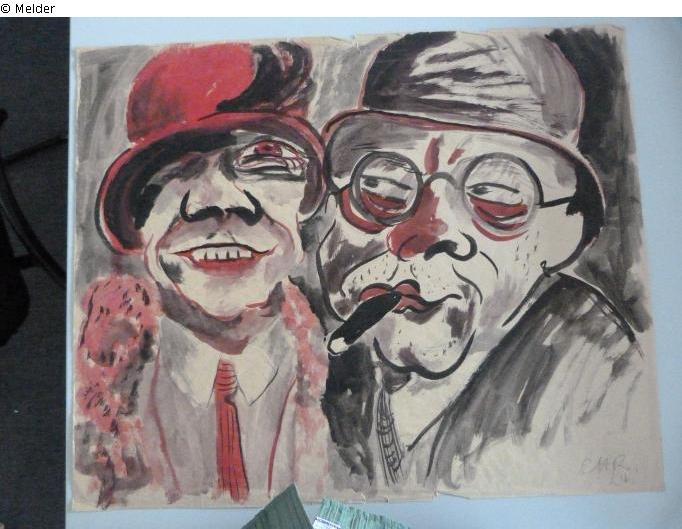
More
Inside the Gurlitt collection
At the moment it is impossible to guess how many more looted works there are in the collection. Grütters said there are about 500 artworks which cannot be ruled out as Nazi plunder.
Gurlitt’s lawyer said earlier this year that he believed there were only eight which were definitely looted. The actual figure must lie somewhere between the two.
Provenance reports will be published, as will the business correspondence and records of Hildebrand Gurlitt, Cornelius’s father and the art dealer who assembled the collection. These are important not just because of the artworks in the collection – they may help heirs to track lost art that Gurlitt senior, who purchased works for Hitler’s planned “Führermuseum” in Linz, sold on to other buyers decades ago.
Artworks with dubious provenance will not even touch Swiss soil, Schäublin said. They will remain in Germany while the complex, time-consuming work of combing archives and catalogues to piece together their history is carried out.
The timetable is ambitious – the task force hopes to have completed its provenance research by the end of 2015.
If, according to the Task Force, a work has proved to be Nazi-looted art or is very likely to be Nazi-looted art, the report on the provenance of that work will be published on the website www.lostart.deExternal link.
Swiss efforts
For its part, the Bern Museum of Fine Arts has agreed to loan works in the Gurlitt trove that Joseph Goebbels seized from German and Polish public collections in his virulent campaign against “degenerate” modern art, back to the museums from which they were confiscated.
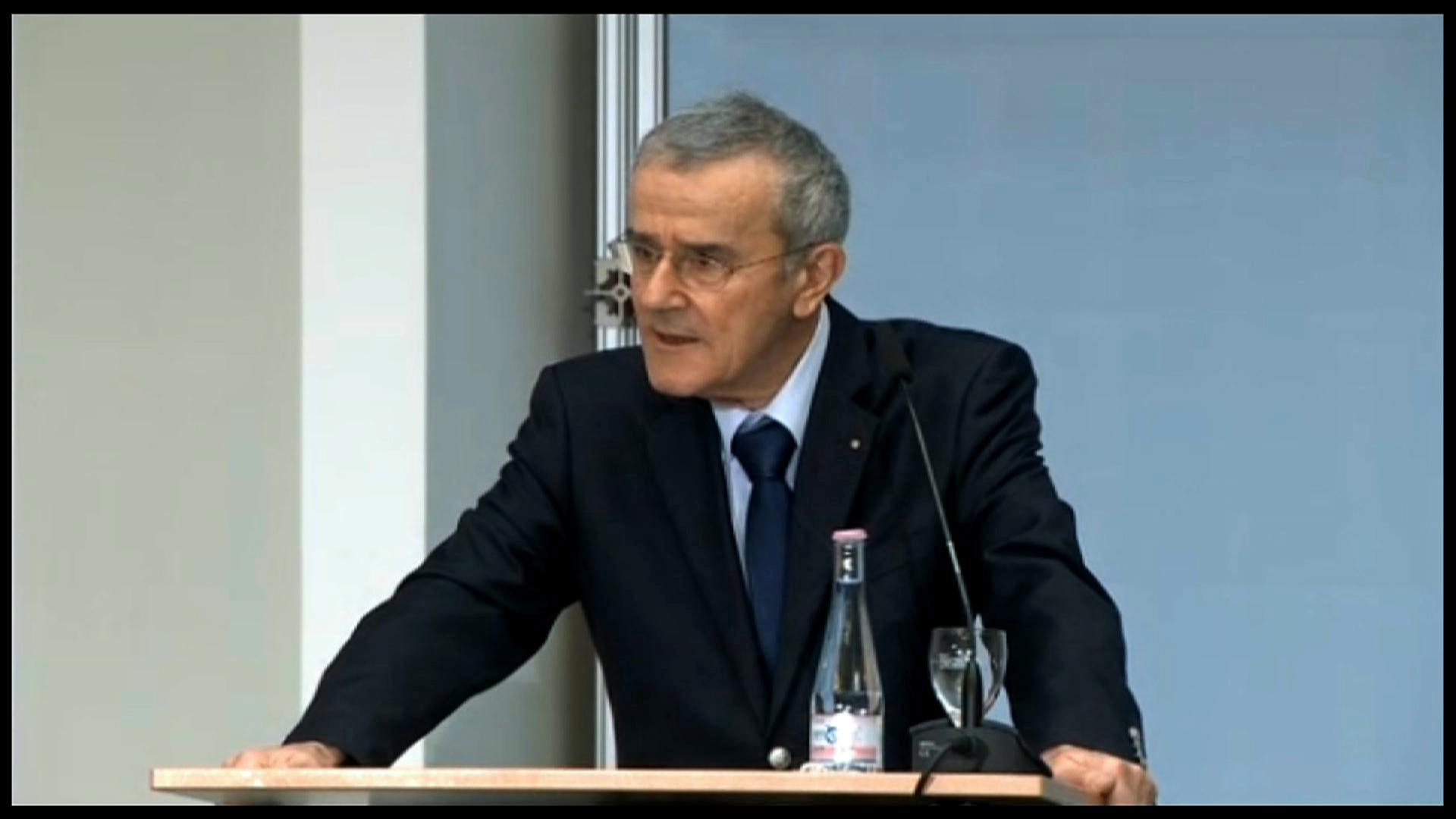
More
Bern museum announces acceptance of Gurlitt’s art collection
It has also agreed to set up its own provenance research facility in Bern. There is a historical precedent for this. After World War II, the museum served as a “collecting point” for looted art found in Switzerland that had been tracked down by a persistent British Monuments Man, Douglas Cooper. Cooper worked closely with Max Huggler, then director of the museum, to find the original owners.
The two art historians faced much antagonism and opposition from Swiss dealers who were keen to protect their ill-gotten acquisitions.
The museum has a second opportunity to serve as an example to the rest of Switzerland, which was a trading hub for Nazi-looted art as well as for cultural property that Jewish families managed to smuggle into the country to protect it from plunder.
Under the Washington Principles of 1998, Switzerland is committed to returning Nazi-looted art in public collections. Yet a 2011 government report found that “a large majority of museums have not fully processed the provenance of works of art in their collections”.
The Bern museum is leading the way. In an article in the online edition of the New York Times, the executive vice president of the Jewish Claims Conference welcomed Bern’s decision.
“This is an opportunity for the Swiss to stand up and do the right thing and set an example for other countries in Europe. This is an opportunity to say we haven’t always been up front in the past, but here we are taking the moral lead.”
And Christopher A. Marinello, the director of Art Recovery International, who represents the heirs of the art collector Paul Rosenberg, echoed the sentiment in the Times article.
“I think this is excellent. It could be a game changer for the way cultural institutions handle this in the future.”

In compliance with the JTI standards
More: SWI swissinfo.ch certified by the Journalism Trust Initiative








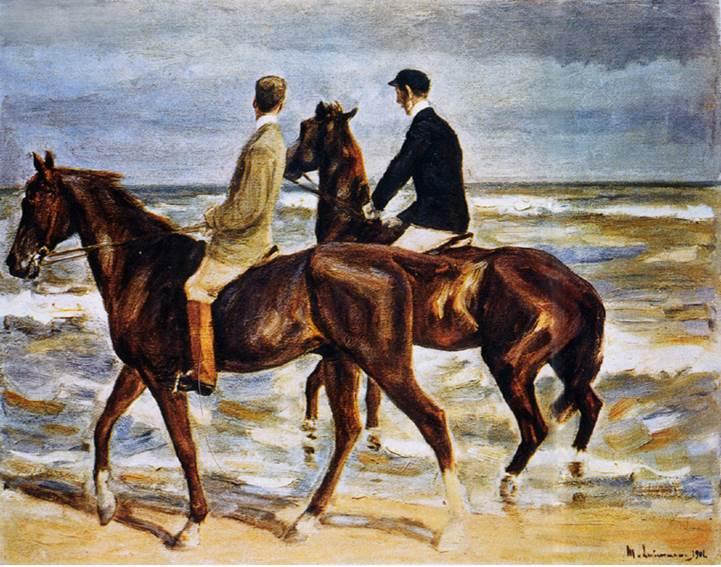
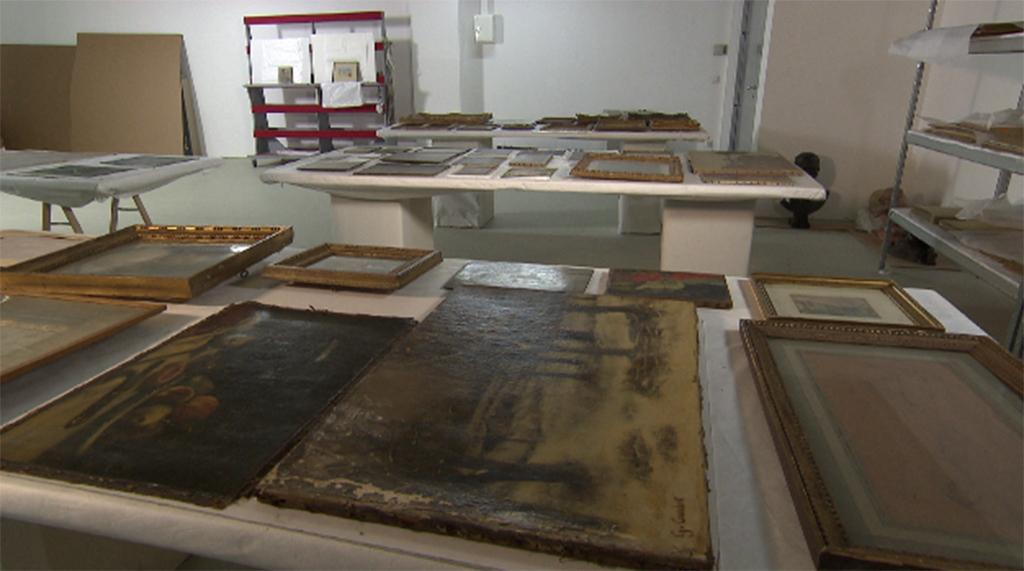
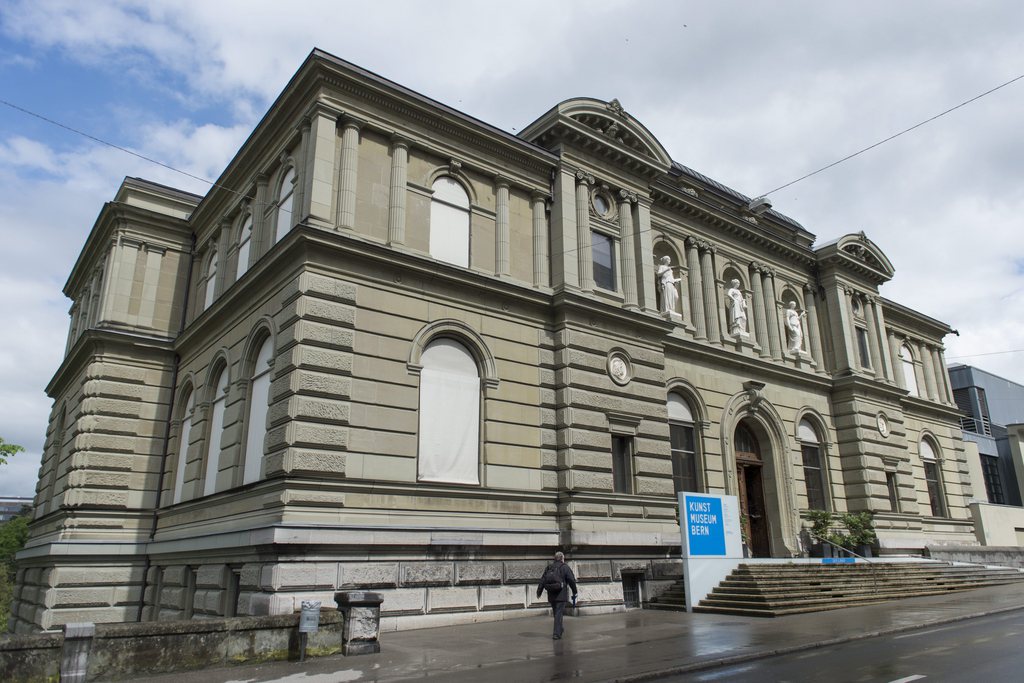
You can find an overview of ongoing debates with our journalists here . Please join us!
If you want to start a conversation about a topic raised in this article or want to report factual errors, email us at english@swissinfo.ch.